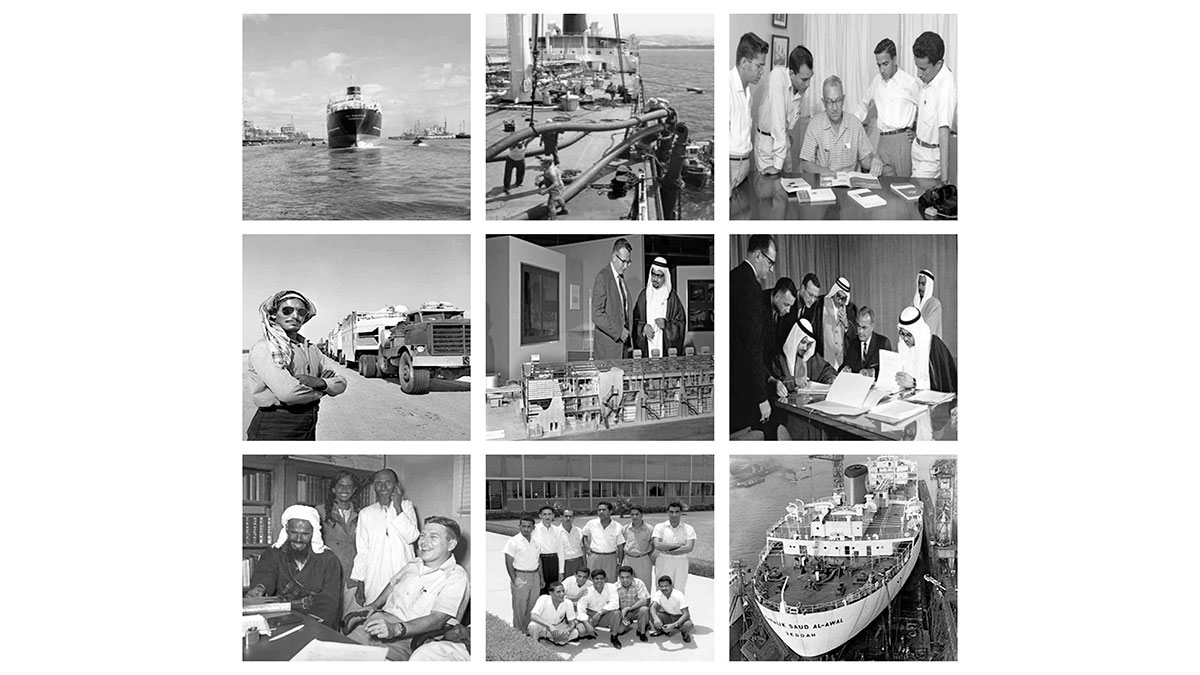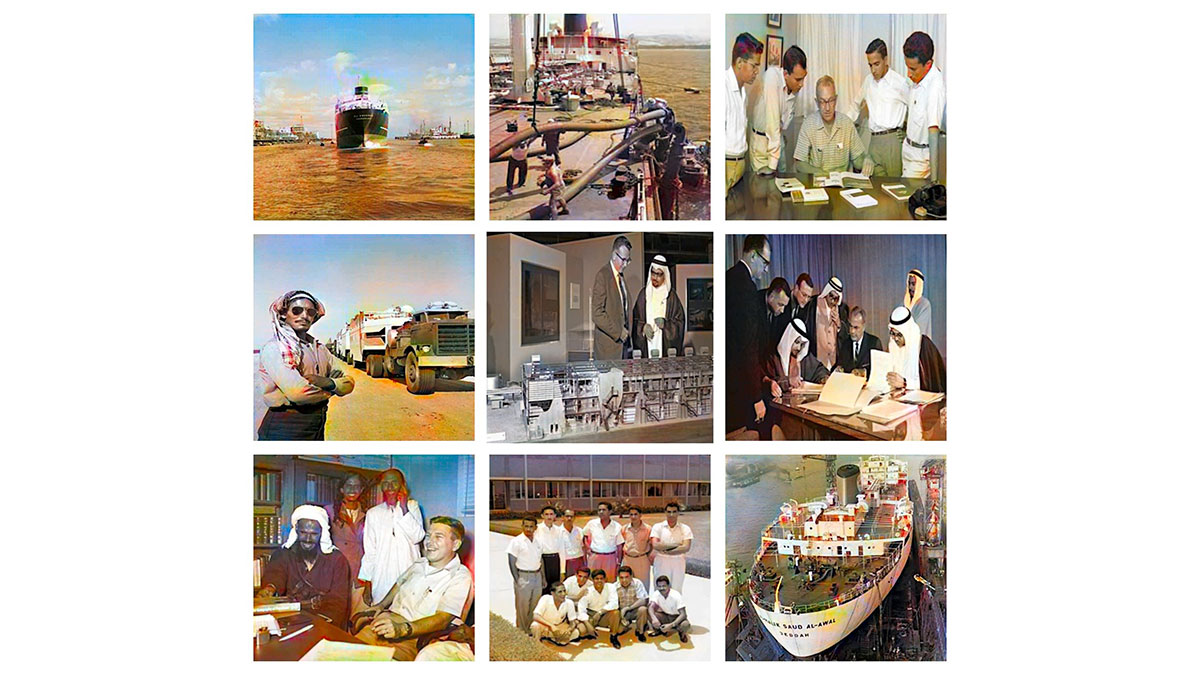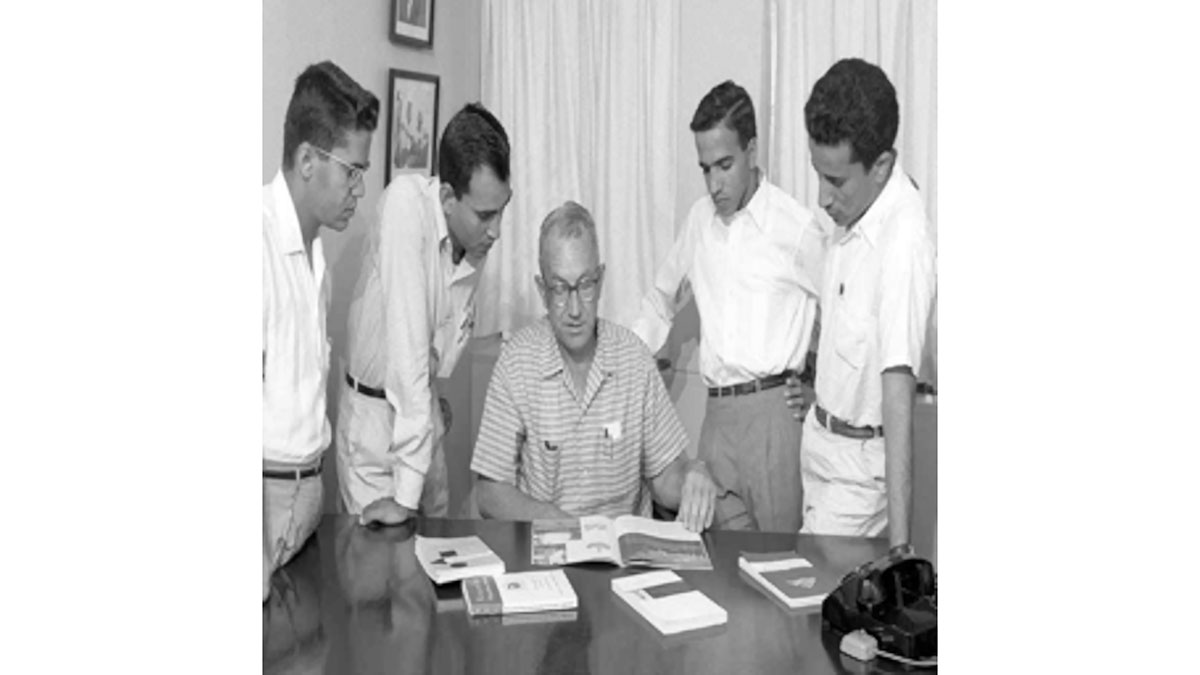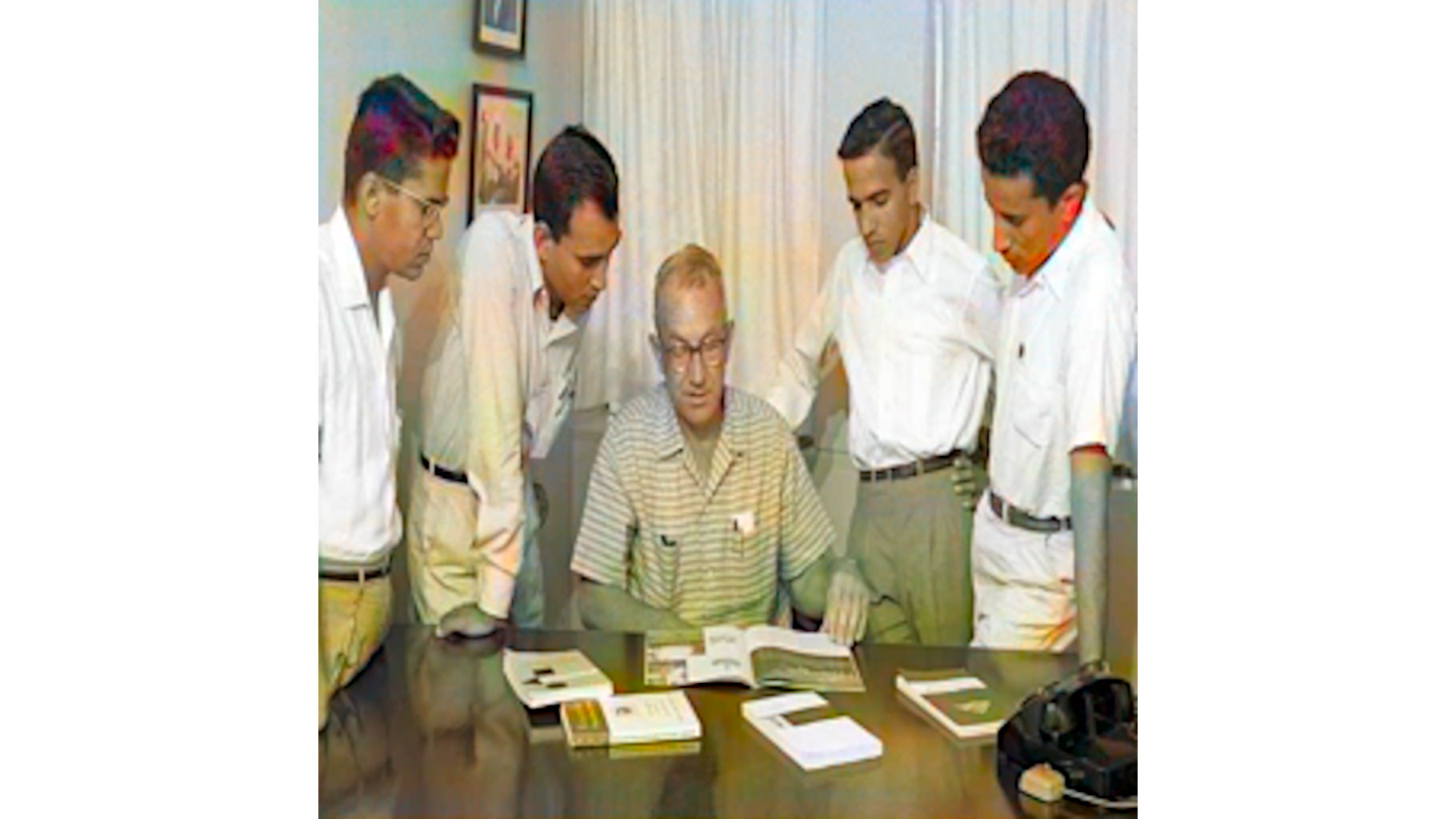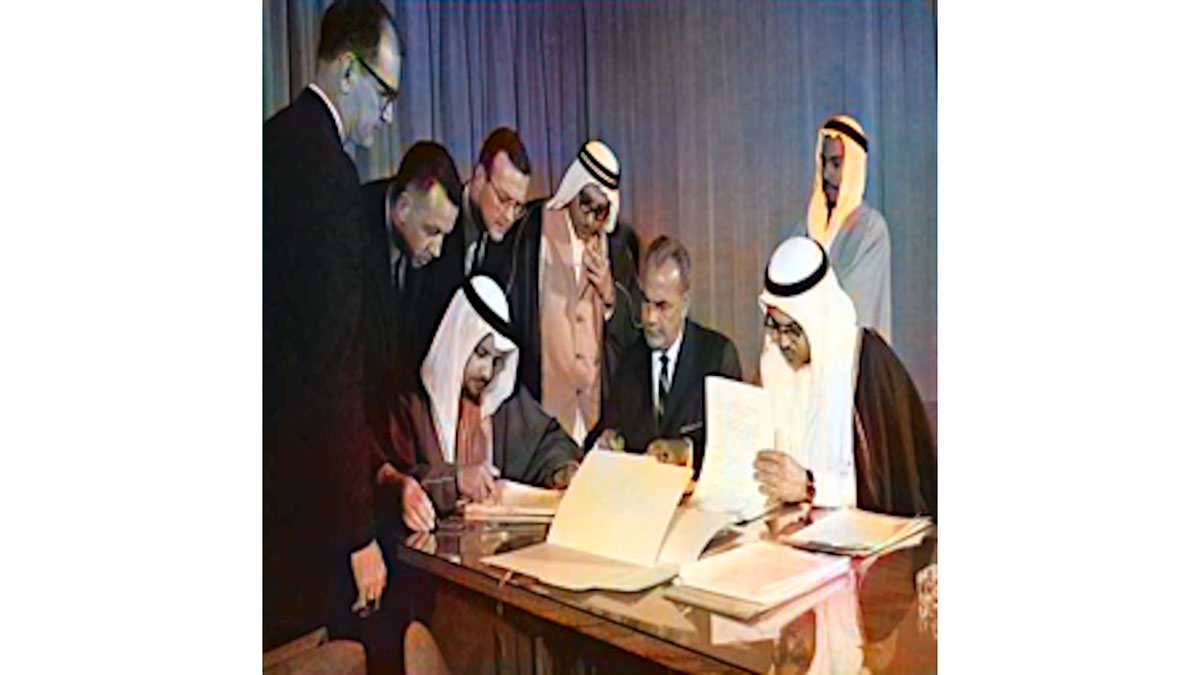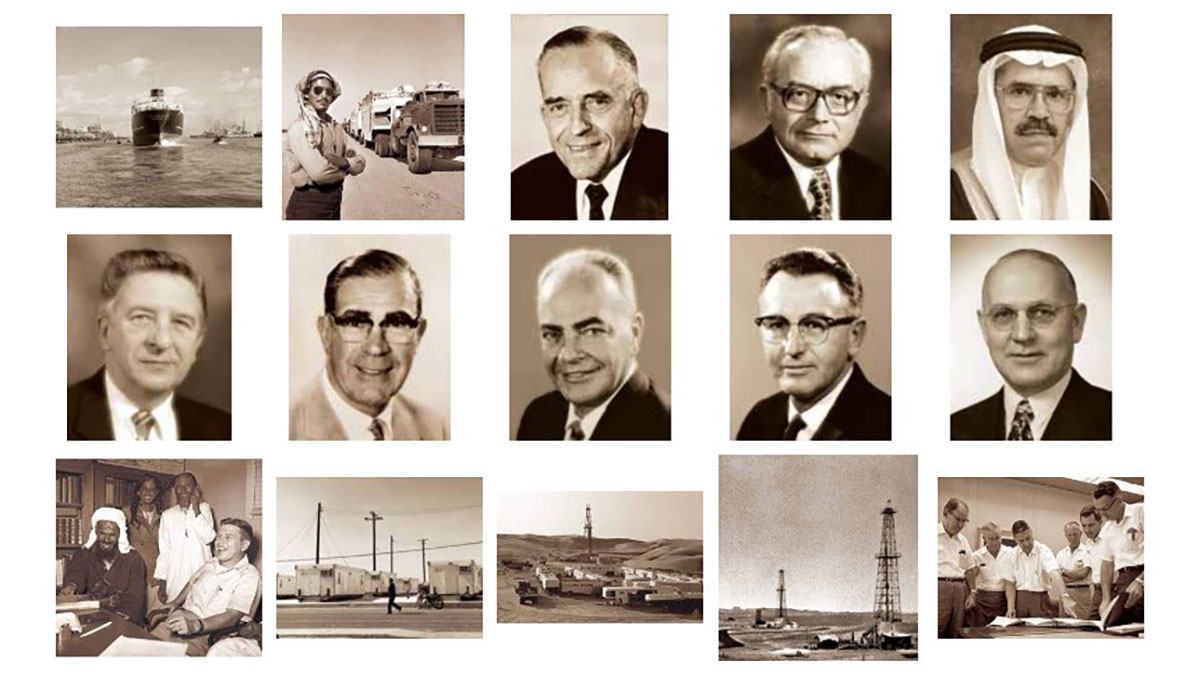using AI to bring color to life
technology provides a new take on historic Aramco photos
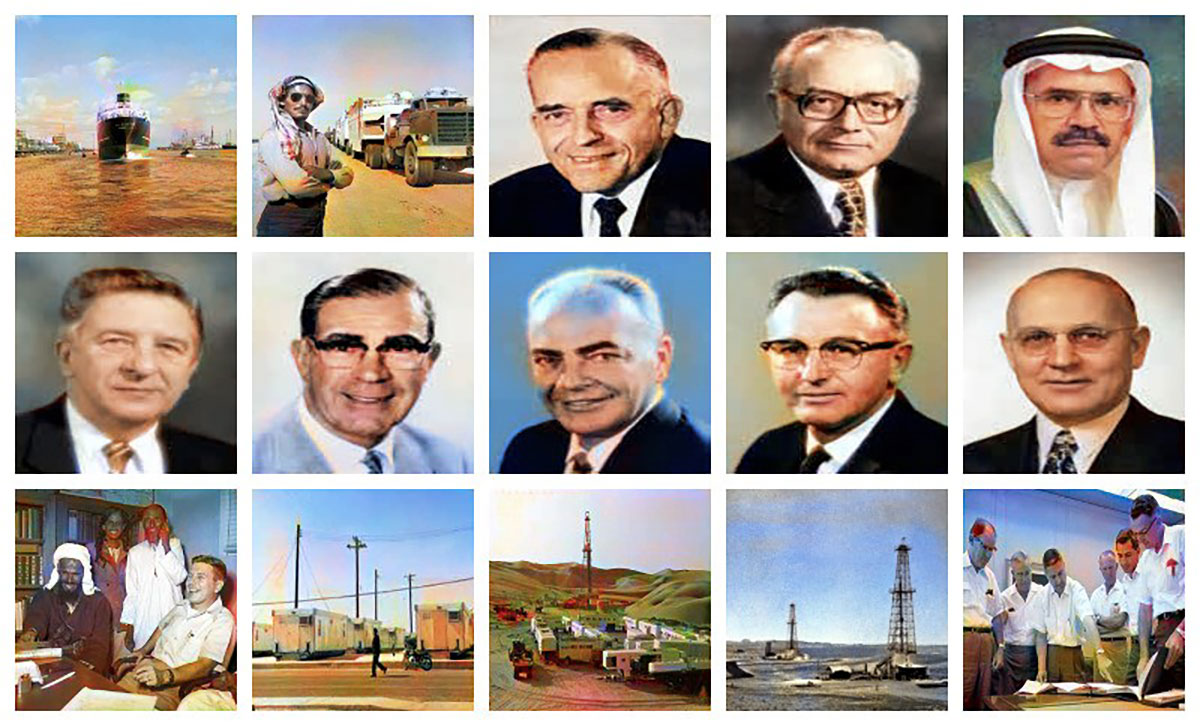
Global November 08, 2020 - By
Artificial intelligence (AI) by definition is a field of computer science that allows machines to undertake tasks that would otherwise require human intelligence. However, but thanks to the computing power of recent Graphics Processing Units (GPUs) and the availability of data, some AI algorithms can even undertake tasks that are still quite challenging for human experts in terms of scale and/or complexity.
Colorizing black-and-white or monochromatic pictures, as simple as it may sound, requires considerable time, effort, skill, and specialized software. However, a particular family of algorithms in AI called Generative Adversarial Networks (GANs) employ a very intelligent approach in undertaking tasks such as colorization.
The best analogy to understand how GANs will color an old image is to imagine that there are two friends. One friend, called Generator, looks at the black-and-white or monochromatic image and tries to create a colorized version. The other friend, called Discriminator, tries to guess if the image is colorized by Generator or is a genuinely colored image. As Generator improves its ability to colorize black-and-white images, the Discriminator improves its ability to spot fake colored images. Together, this process helps learn the GANs how to colorize monochromatic or black-and-white images.
While going through some previous editions of The Arabian Sun on a weekend, I thought of training a GAN using a GPU and around 150 pictures published in The Sun to colorize some monochromatic and black-and-white images.
The colorization results shown here were obtained after training GANs based on work published by Phillip Isola et al in 2017 IEEE International Conference on Computer Vision under the title “Image to Image Translation with Conditional Adversarial Networks.” While the result is not perfect, it still shows the potential of AI (and in particular, GANs) to undertake challenging computer vision tasks without requiring huge amounts of data to train the models.
